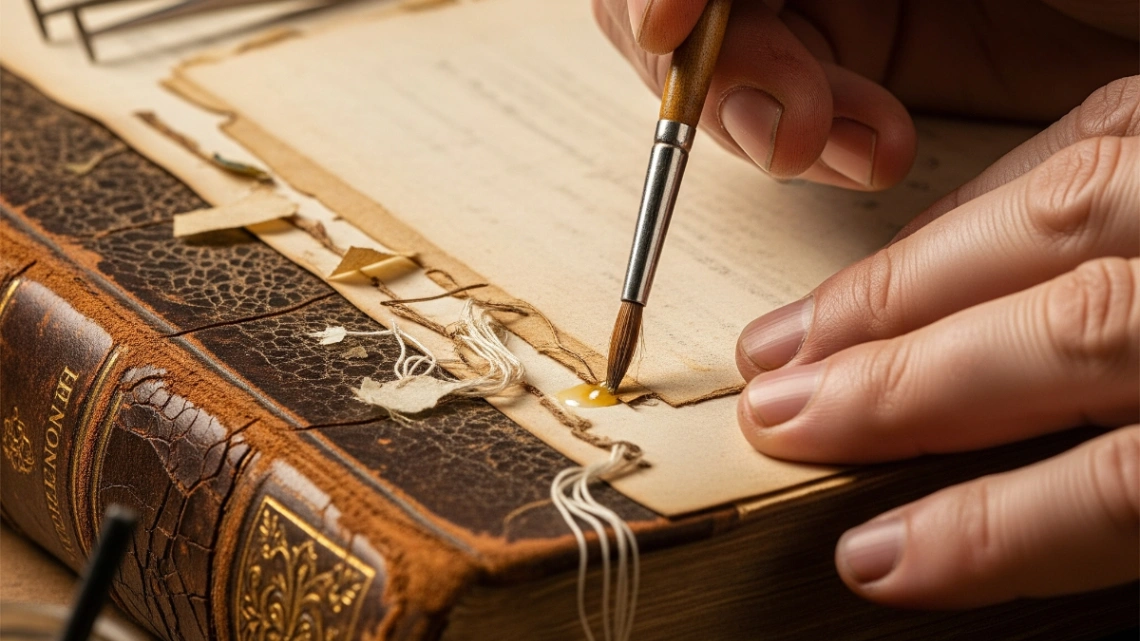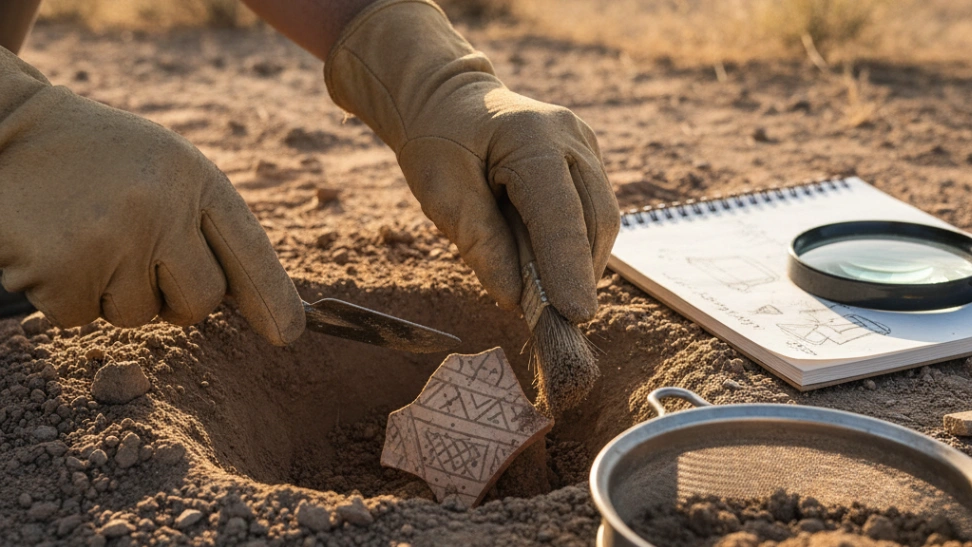The art of bookbinding and, by extension, book restoration, dates back to ancient times, evolving alongside the development of written language and the codex format. Early books, often made from papyrus or vellum, required durable covers to protect their precious contents. Monasteries in the Middle Ages were centers of book production and preservation, where scribes copied texts and skilled binders created elaborate, often jeweled, covers. As printing emerged in the 15th century, the demand for books exploded, leading to innovations in binding techniques and materials. Over centuries, bookbinders became adept at repairing wear and tear, reinforcing spines, mending pages, and replacing covers, effectively performing restoration work. The 19th and 20th centuries saw a rise in professional book conservators, particularly as libraries and archives recognized the need to protect their vast collections from degradation, establishing the formalized principles and practices of modern book restoration that enthusiasts now learn and apply.
Embarking on book restoration involves a series of precise and often delicate steps. It typically begins with a thorough assessment of the book's condition, identifying damage to the covers, spine, endpapers, text block, and individual pages. Tools like scalpels, bone folders, presses, and specialized adhesives are then employed. Common tasks include mending torn pages with Japanese tissue, re-sewing loose signatures, repairing or replacing worn spines, reattaching boards, and cleaning soiled covers. The choice of materials is crucial, often involving acid-free papers, archival glues, and matching leathers or cloths to ensure longevity and historical accuracy. Restorers must develop a keen eye for detail, a steady hand, and an understanding of how different materials interact and age, as inappropriate interventions can cause more harm than good. It's a continuous learning process, with each book presenting unique challenges and requiring bespoke solutions.
Beyond the technical aspects, book restoration cultivates a remarkable array of skills. It sharpens fine motor skills, enhances patience, and demands intense focus and attention to detail. Researchers often find themselves delving into the history of papermaking, printing, and binding, gaining a deeper appreciation for the book as an artifact. There's a profound satisfaction in bringing a fragile, decaying volume back to life, transforming it from a broken relic into a stable, usable, and beautiful object once more. For many, it's a meditative practice, a quiet communion with history and craftsmanship. The hobby offers a tangible connection to the past, allowing one to literally touch and mend the threads of time. Whether restoring a cherished family heirloom, a valuable antique, or simply giving new life to a beloved but battered novel, book restoration is a testament to the enduring power and beauty of the printed word, providing a unique blend of intellectual stimulation and hands-on artistry. The community surrounding book restoration is often passionate and generous with knowledge, sharing techniques, resources, and advice, fostering a supportive environment for both beginners and experienced practitioners.
While deeply rewarding, book restoration also comes with its challenges. Sourcing appropriate archival materials can be difficult and costly, especially for specialized leathers, papers, or cloths that match historical compositions. Learning the myriad techniques, from intricate page repairs to complex spine reconstruction, requires significant time and practice, often under the guidance of experienced mentors or through dedicated workshops. There's also the ethical consideration of restoration versus conservation, where the aim is to stabilize without altering the historical integrity of the item, a delicate balance that requires discernment. Beginners might initially struggle with the precision required, making errors that can be difficult to undo. However, the continuous pursuit of knowledge and improvement, coupled with a growing global awareness of heritage preservation, ensures that the skills of book restorers remain invaluable. As physical books continue to hold a special place in a digital world, the art of book restoration stands as a vital craft, ensuring that these tangible links to our literary and historical past endure for generations to come, providing a unique and meaningful way to engage with cultural heritage.



